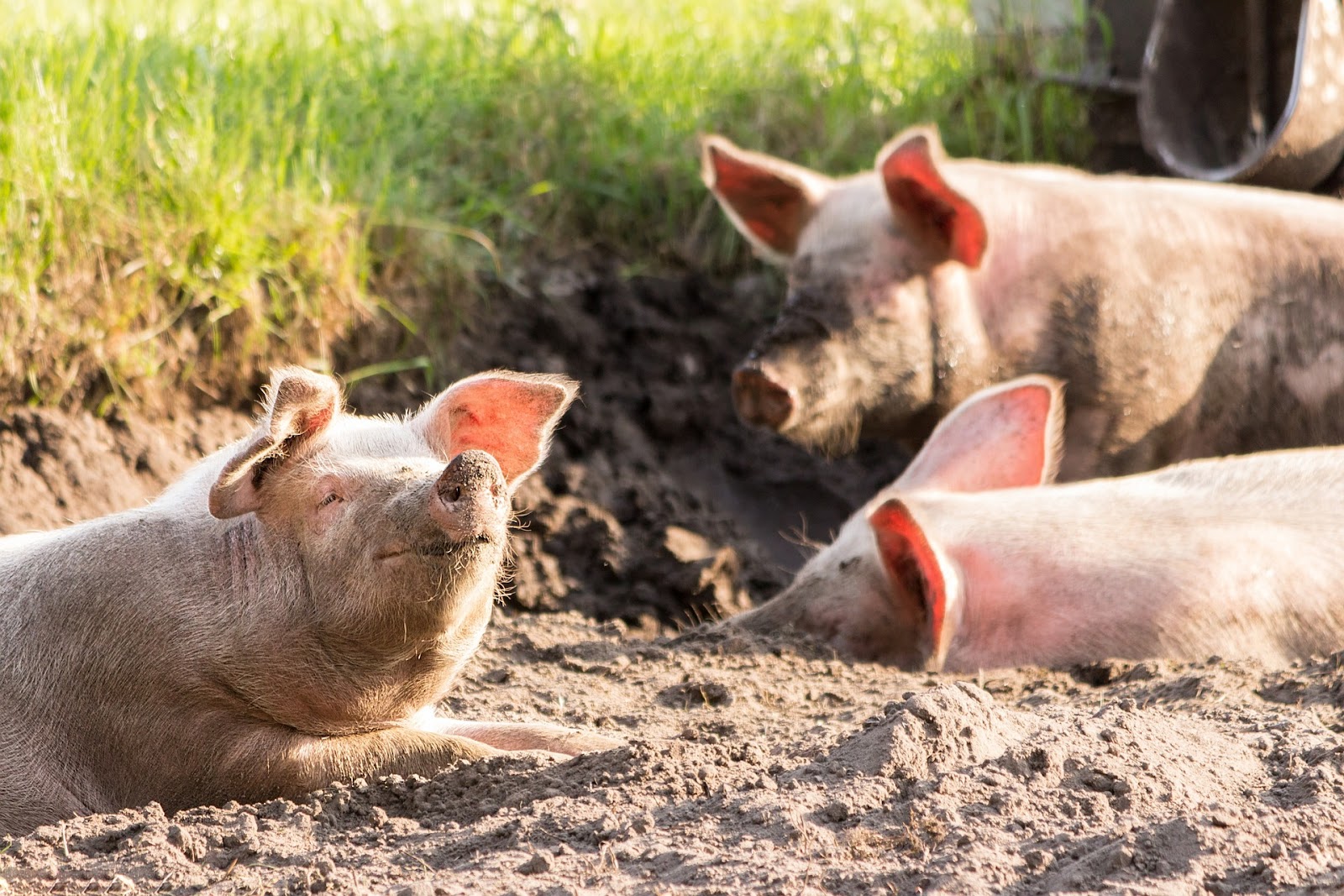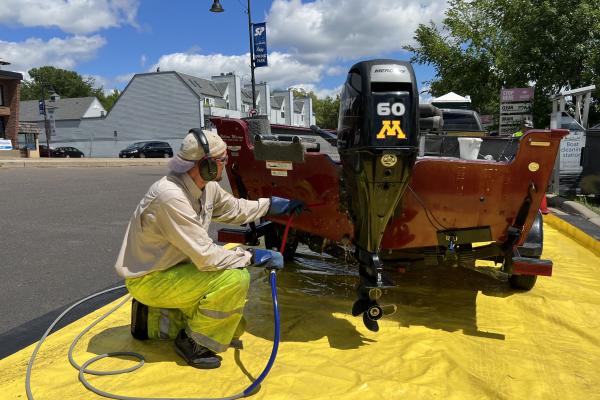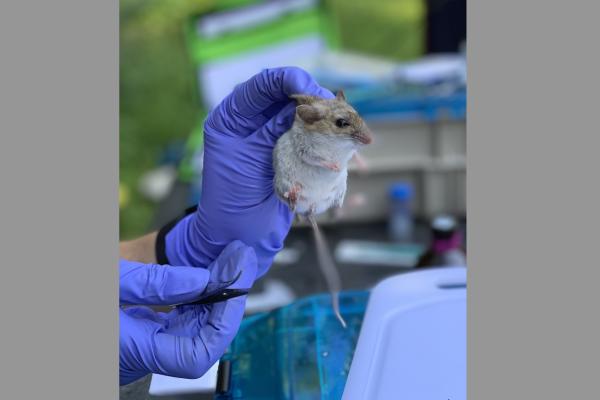Finding common ground: Evaluation of strategies to control African swine fever
November 21, 2022

CVM researchers led by Dr. Andres Perez (CAHFS, VPM) developed a method for engaging stakeholders in an evaluation of strategies for controlling African swine fever (ASF), a highly contagious swine disease that has had devastating effects on pig production globally. The study, which was published in Frontiers in Veterinary Science, entailed surveying experts for feedback on three different theoretical responses to ASF in the Dominican Republic (DR), where the disease was reintroduced in 2021 after having been eradicated for decades. The analysis of the survey results highlights the benefits and disadvantages of each mitigation approach—findings which were then shared with industry experts and the DR government as a way to facilitate cooperation in developing the best way forward.
ASF is difficult to control for many reasons, and affected countries have tried a range of strategies, with varying degrees of success. The DR first experienced ASF outbreaks in 1978, when they used the military to implement a full-scale eradication of their pig population—an approach that can be devastating for small producers and communities that rely on swine for subsistence.
The response to the new spread has been more targeted, focusing on measures such as surveillance and quarantine. But those more targeted efforts require the cooperation of farmers and producers, which in turn requires broad consensus about the best management approach. In the DR, no such consensus has been established—so despite the current efforts, outbreaks continue, and concerns that the disease will become endemic are growing.
As an approach to building consensus, the research team collected, assessed, and summarized the views of swine industry stakeholders on alternative strategies that could be implemented to control ASF. These strategies included total and partial depopulation of pigs, as well as continuation of current measures. While the findings showed that no single scenario is ideal, they also suggested common themes, concerns, and opportunities, such as the need to balance between competing economic and social factors, and the possibilities of using the current situation to improve the infrastructure of the country’s swine industry as a whole.
The transparency and shared understanding that this approach enables can provide the basis for development of a comprehensive mitigation strategy that takes into account the needs of all stakeholders, from backyard farmers to animal health officials to large-scale producers. The study demonstrates the role that researchers can play in initiating and moderating the crucial discussions that are required for equitable, coordinated, and sustainable ASF management.
As research team member Rachel Schambow, DVM, notes, the analysis the team used provides “a useful and impartial way to gather everyone's opinions on a potentially very polarizing and sensitive animal health topic (ASF control) where people can feel heard and represented, and you can have meaningful, constructive discussion. It’s a way of mapping the field of opinion, so that stakeholders can come together and make an informed decision.”
Read more in Frontiers in Veterinary Science.


